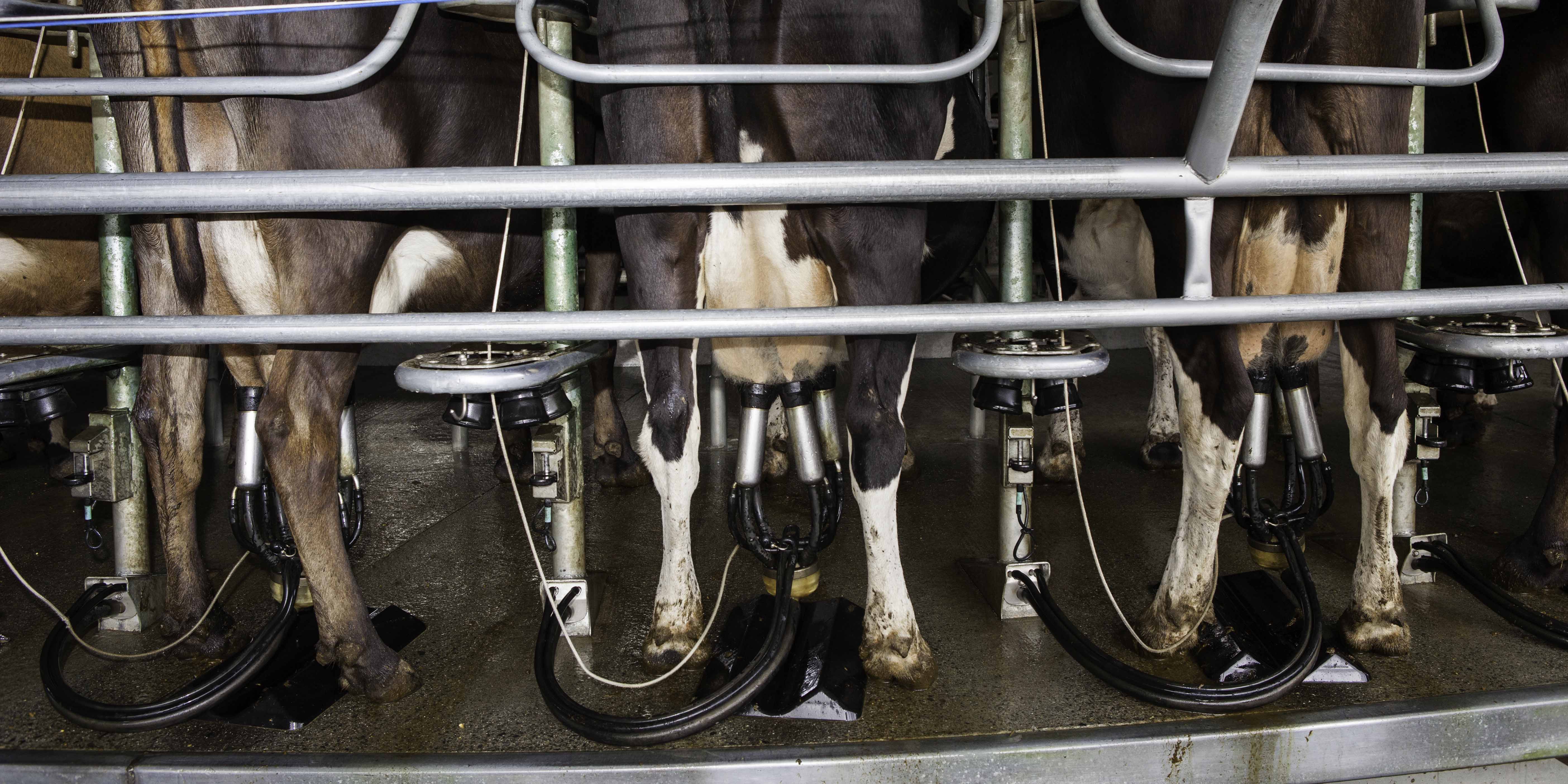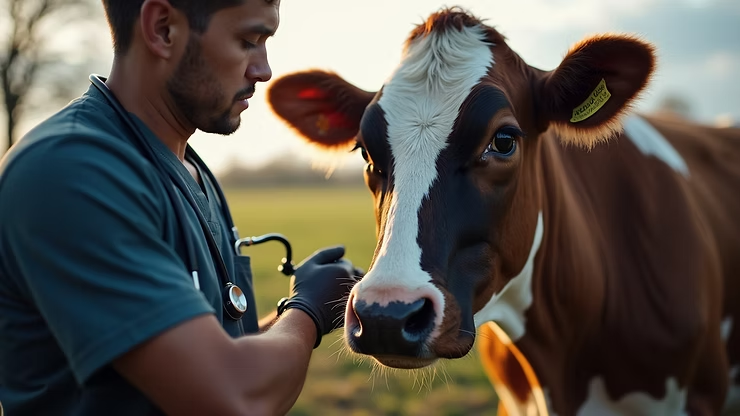Farming has always been an integral part of human civilisation. With the growing emphasis on sustainability, optimising dairy farming practices has become crucial. Among all the factors that contribute to sustainable farming success, dairy herd health stands out as a pivotal element. This article will explore why maintaining the health of dairy herds is essential for long-term sustainability, profitability, and the overall well-being of the environment.

Understanding Optimal Herd Health
Optimal herd health is not just about keeping animals free from diseases. It encompasses the overall well-being of the entire herd, including physical, mental, and emotional health. Good herd health results in increased productivity and profitability. For dairy farmers, this means having a herd that produces more milk while utilising resources effectively.
When dairy cows are healthy, they can maintain high levels of milk production without the additional costs associated with treating illnesses and diseases. This translates into lower veterinary bills and reduced need for antibiotics, which are essential for maintaining the health of both the herd and consumers.
A healthy dairy herd grazing in a lush green pasture.
The Impact of Dairy Herd Health on Sustainability
Sustainable farming practices focus on balancing economic, environmental, and social factors. The relationship between dairy herd health and sustainability is evident in several areas:
- Resource Utilisation: Healthy dairy cows are more efficient converters of feed into milk. Studies show that a well-managed herd with minimal health issues can convert up to 20% more feed into milk compared to a herd with health problems. This efficiency reduces environmental impacts, such as greenhouse gas emissions and resource depletion.
- Animal Welfare: Sustainable farming is also about ethical practices. Maintaining the health of dairy herds is a matter of animal welfare. Healthier cows have a higher quality of life and lower stress levels, which ultimately benefits their productivity.
- Economic Viability: Investing in dairy herd health can be financially beneficial in the long run. While the initial costs of health management practices may seem high, the return on investment usually outweighs these expenses. Farmers who prioritise health can enjoy more stable profits through higher yields, better milk quality, and reduced disease management costs.

What Are Two of the Biggest Health Concerns in the Dairy Industry?
The dairy industry faces numerous health challenges that can significantly impact herd health and, consequently, farming success. Two notable health concerns include:
1. Mastitis
Mastitis is an infection of the udder that can lead to significant economic losses for dairy farmers. It is one of the most common diseases in dairy cattle, affecting milk production and quality. Each case of mastitis can reduce a cow’s milk yield by up to 30%. Sustainable farming relies on high-quality milk production, making prevention and management of mastitis essential. Effective measures include maintaining clean environments, proper milking techniques, and regular health checks.
2. Lameness
Lameness is another critical issue affecting dairy herd health. It can lead to reduced mobility, lower milk production, and increased veterinary costs. The causes of lameness often stem from poor housing conditions, incorrect hoof care, and inadequate nutrition. Implementing proper flooring, hoof-trimming schedules, and nutritional plans can help mitigate this issue. It’s essential for farmers to be proactive about cow comfort and welfare to sustain herd health.
A dairy cow showing signs of lameness in a barn.
Strategies for Maintaining Dairy Herd Health
To ensure the optimal health of dairy herds, farmers can adopt several practical strategies:
- Regular Health Assessments: Frequent health checks can detect problems early. Monitoring key indicators such as milk production levels, body condition scores, and fertility rates can help identify issues before they escalate.
- Vaccination Programs: Vaccinating cows against common diseases is a proactive approach to maintaining herd health. Discussing vaccination schedules with a veterinarian can help farmers tailor a program that fits their specific situations.
- Nutrition Management: Providing a balanced diet is crucial for the health of dairy herds. Working with a nutritionist can help farmers formulate diets that meet the specific needs of their cows, accounting for factors like age, production stage, and health status.
- Stress Reduction: Stress has been linked to lower milk production and increased susceptibility to disease. Implementing practices that promote cow comfort, such as adequate space, proper ventilation, and minimising handling stress, can contribute to better overall health.
A veterinarian checking a dairy cow to ensure optimal health.
Conclusion for Future Farming
In the quest for sustainable farming, the health of dairy herds should never be underestimated. It serves as the backbone of not only profitability but also ethical and environmental stewardship. By ensuring high levels of dairy herd health, farmers can achieve a cycle of success that benefits everyone involved—from the cows to the consumers.
Investing time, effort, and resources in implementing best practices for dairy herd health can lead to numerous advantages. Farmers who prioritise health management will find that their herds are more productive and resilient, ensuring the sustainability of their farming practices for generations to come.
To enhance your dairy herd health practices, consider exploring resources on effective management strategies. By focusing on the well-being of your cows, you can pave the way for a more sustainable and successful future in dairy farming.